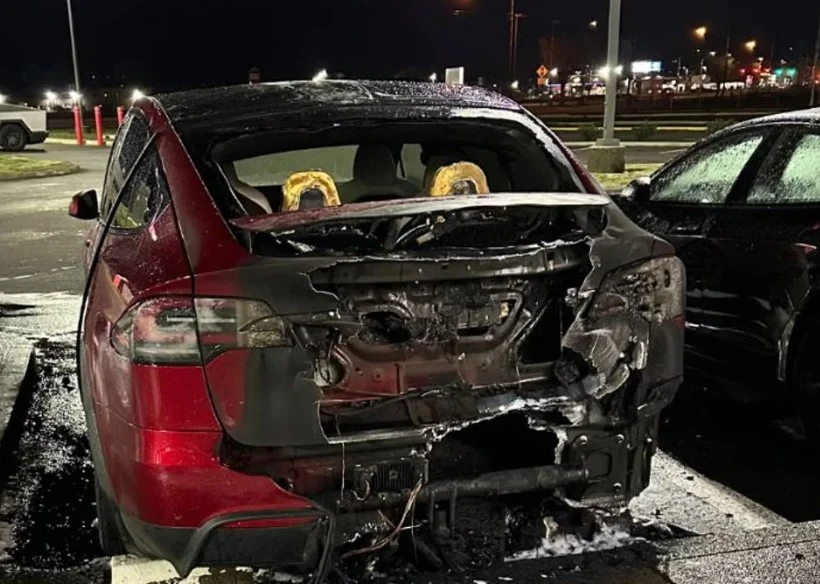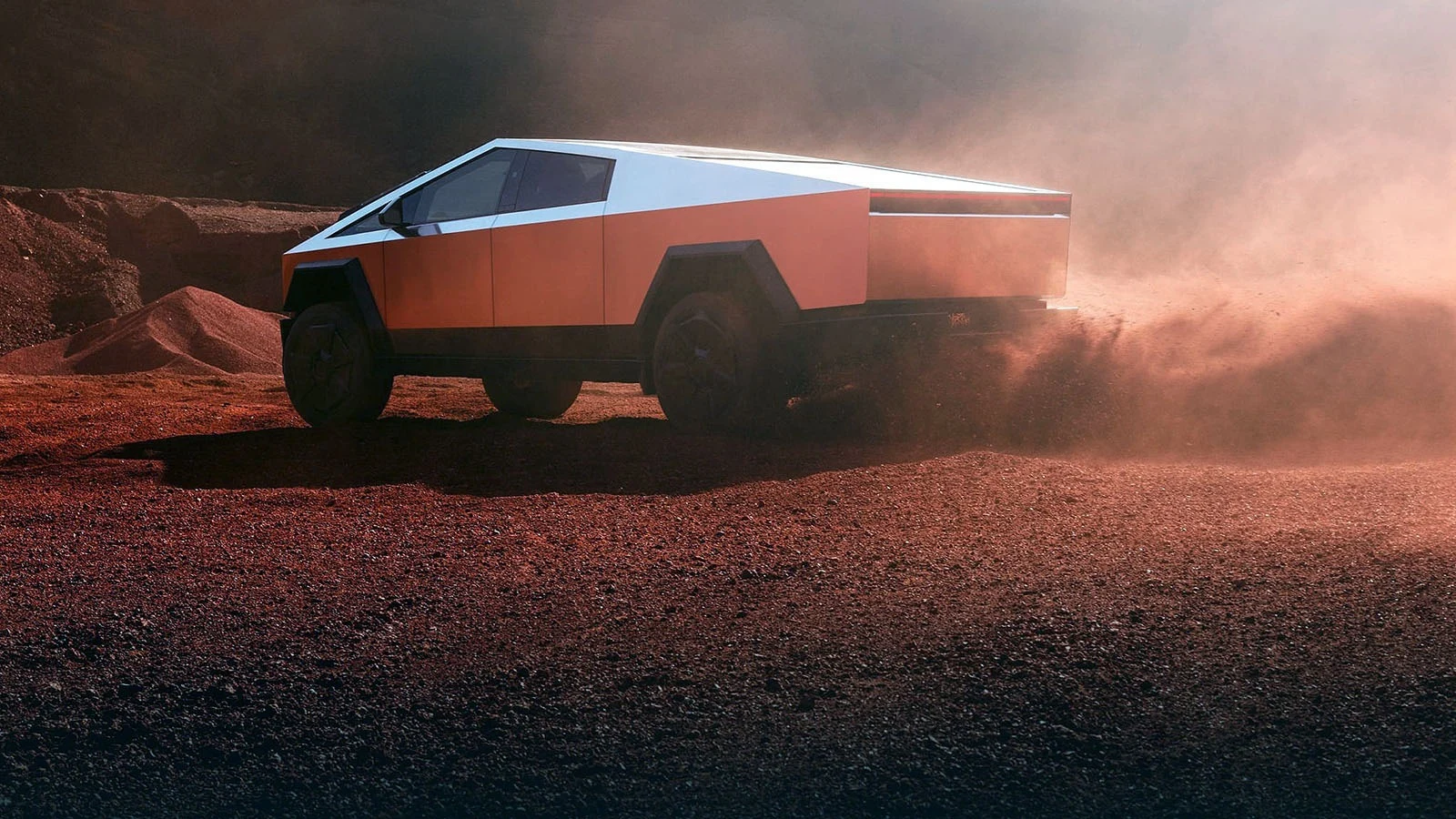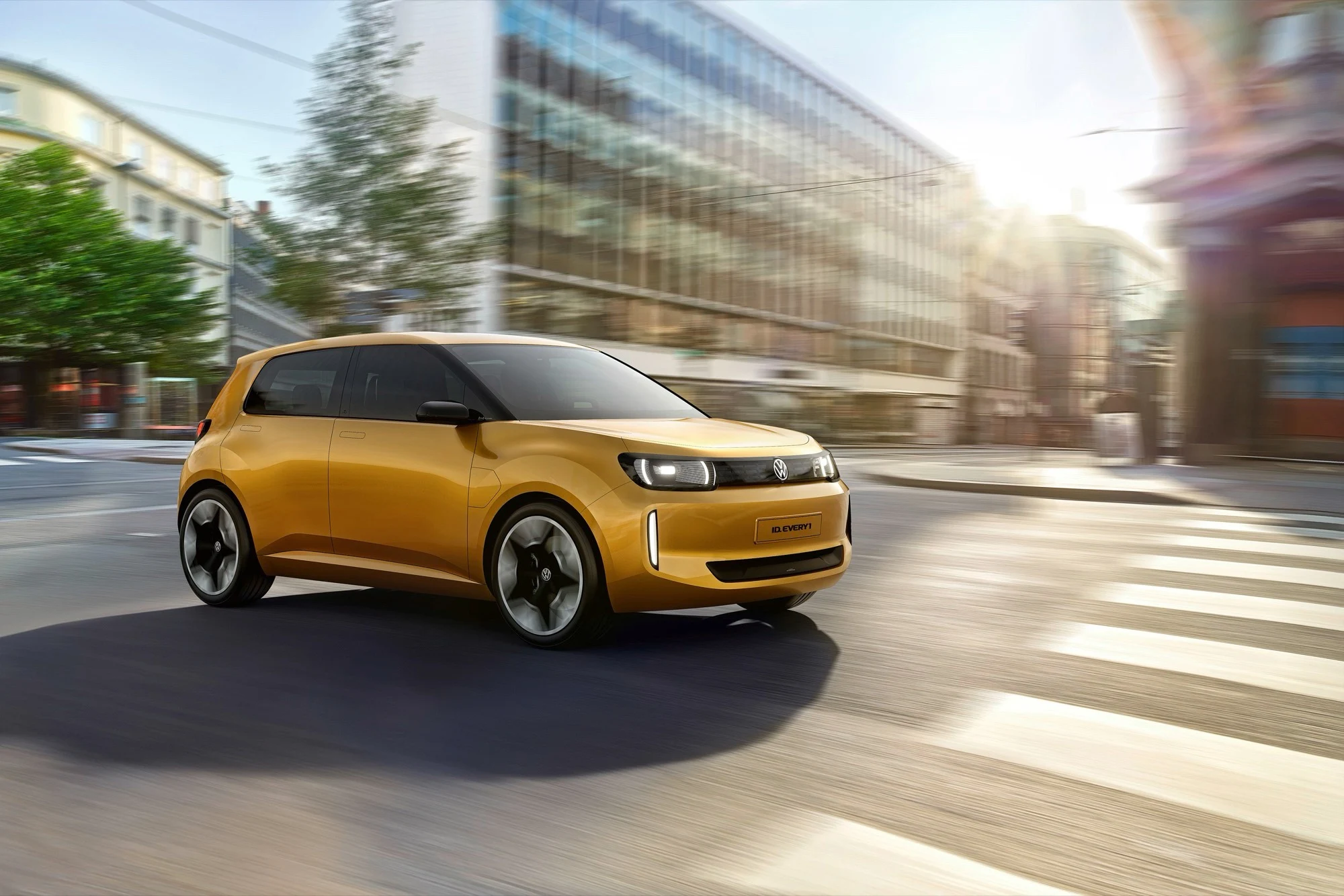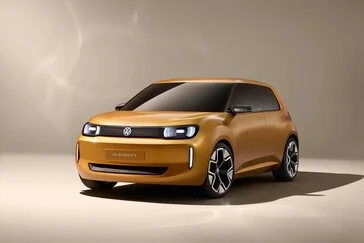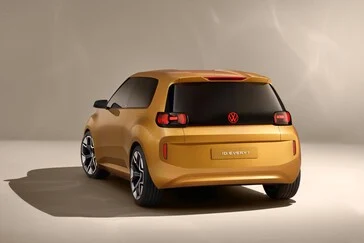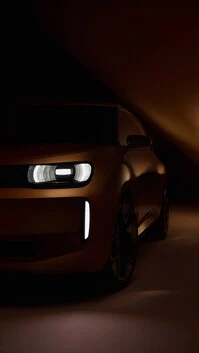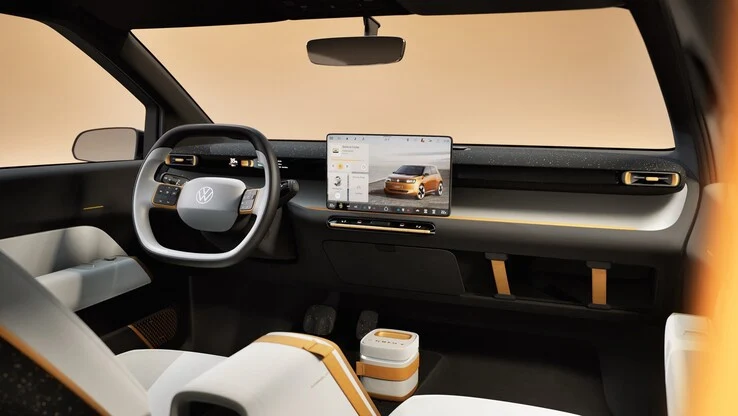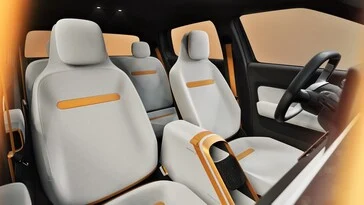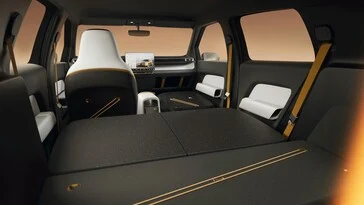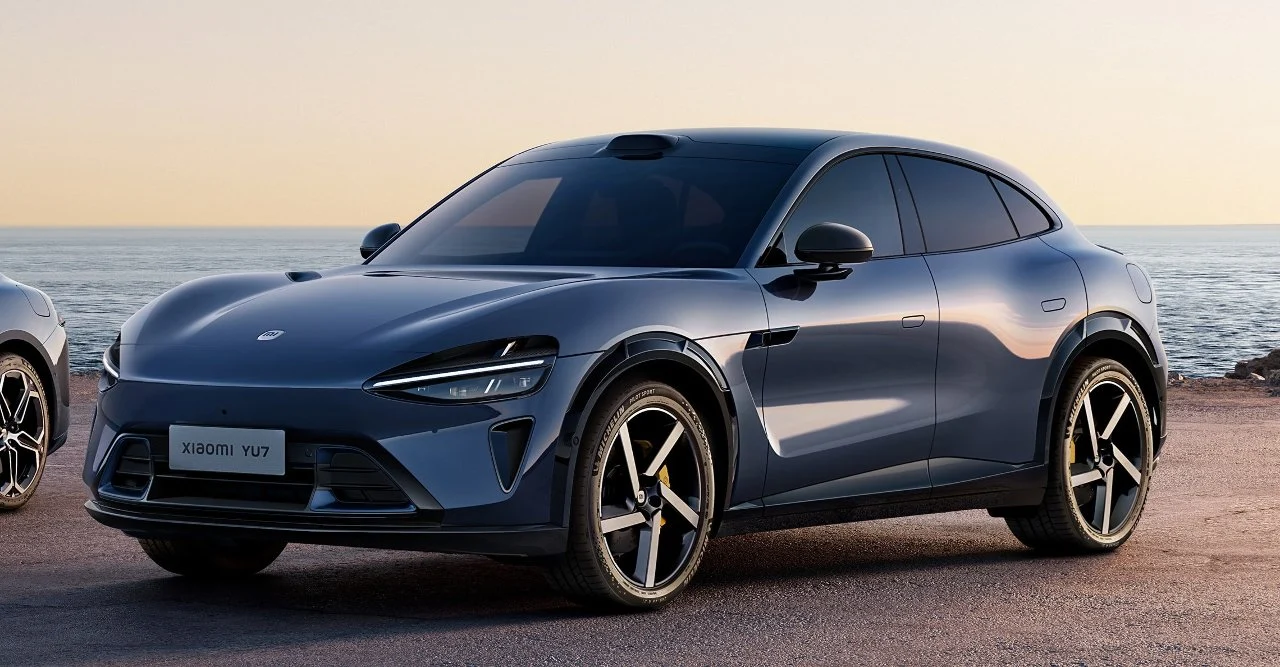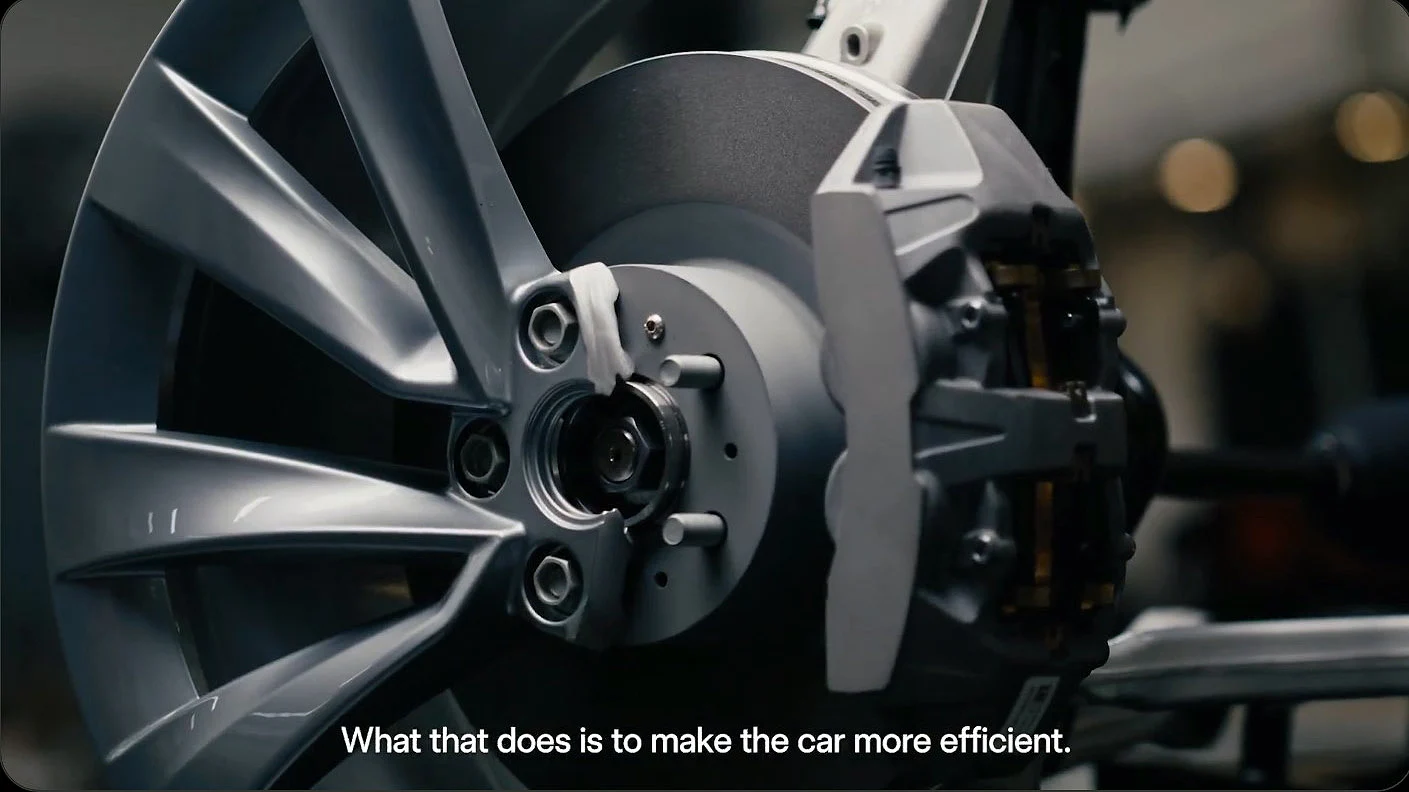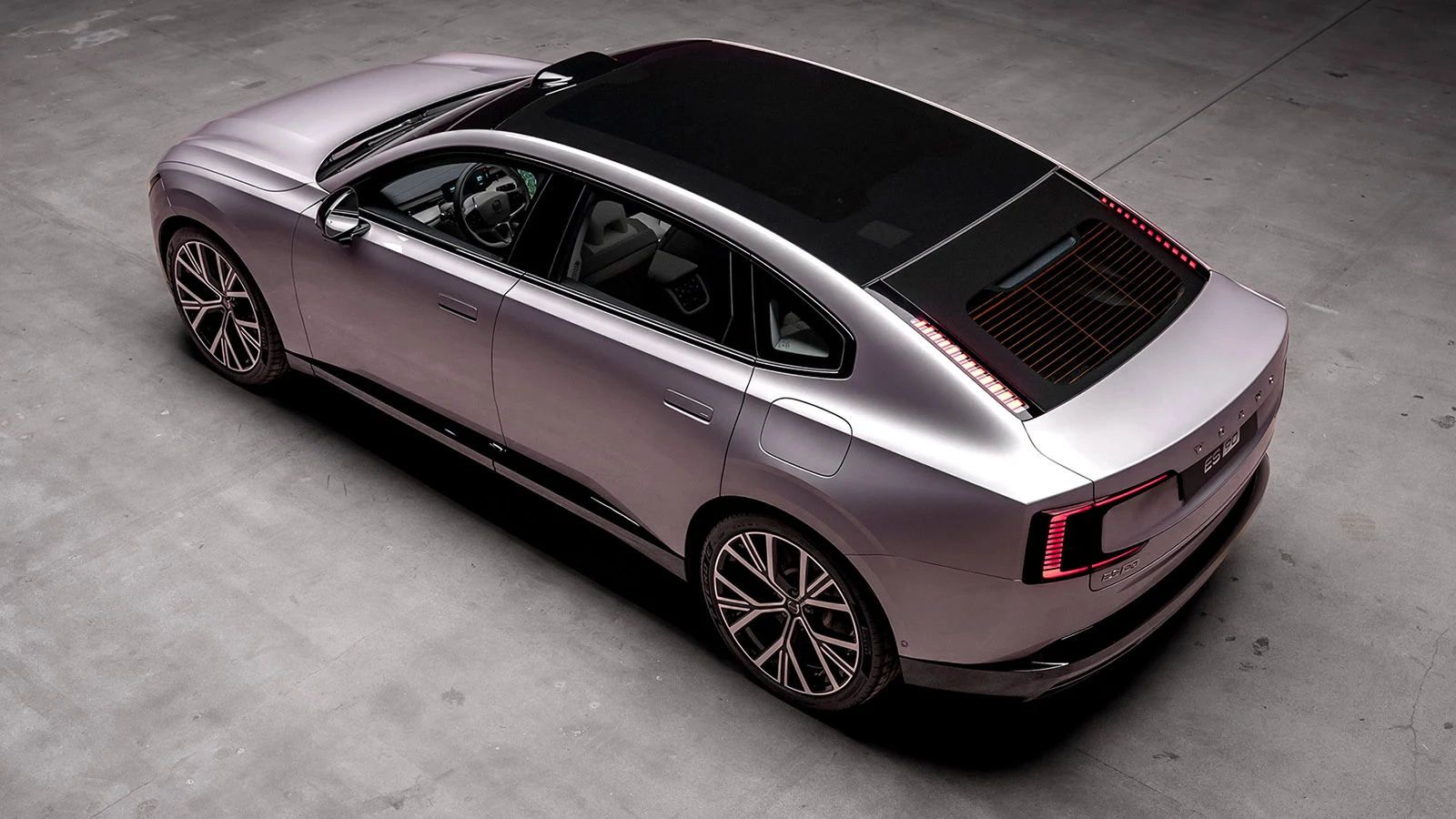Key Takeaways
1. Adam Lansky was arrested as a suspect in a January attack at a Tesla store in Salem, Oregon, involving Molotov cocktails.
2. The attack caused damage to seven vehicles, with total damages estimated at $500,000.
3. Evidence against Lansky includes video footage, eyewitness accounts, and fingerprints found at the crime scene.
4. He is also linked to a separate incident at the same store in February, where he allegedly fired bullets into the building and a parked vehicle.
5. Lansky is facing federal charges for possessing an unregistered destructive device and will remain in custody during ongoing investigations by the FBI and other agencies.
Law enforcement has taken Adam Lansky into custody, being a suspect in an attack that occurred in January at a Tesla store located in Salem, Oregon. The 41-year-old man was arrested for hurling Molotov cocktails, also known as petrol bombs, at the dealership. This act resulted in damage to seven vehicles and the complete destruction of one. The total damages are estimated to be around $500,000.
Evidence Points to Lansky
The arson incident was recorded on video, showing the suspect throwing a rock at the dealership’s window. An eyewitness also claimed that Lansky pointed a rifle in their direction. A vehicle seen in footage from a police patrol camera led authorities to Lansky’s home. Additional evidence tying him to the crime includes fingerprints found at the scene.
Previous Incidents
Lansky is also connected to another event at the same store in February, where it seems he fired bullets into both the building and a vehicle parked outside.
Court Proceedings
He has made an appearance in federal court facing charges for possessing an unregistered destructive device illegally. Lansky will remain in custody while he waits for upcoming court dates. The ongoing case is being actively investigated by the Federal Bureau of Investigations (FBI), the Bureau of Alcohol, Tobacco, Firearms and Explosives, along with the Salem Police Department.
Source:
Link

